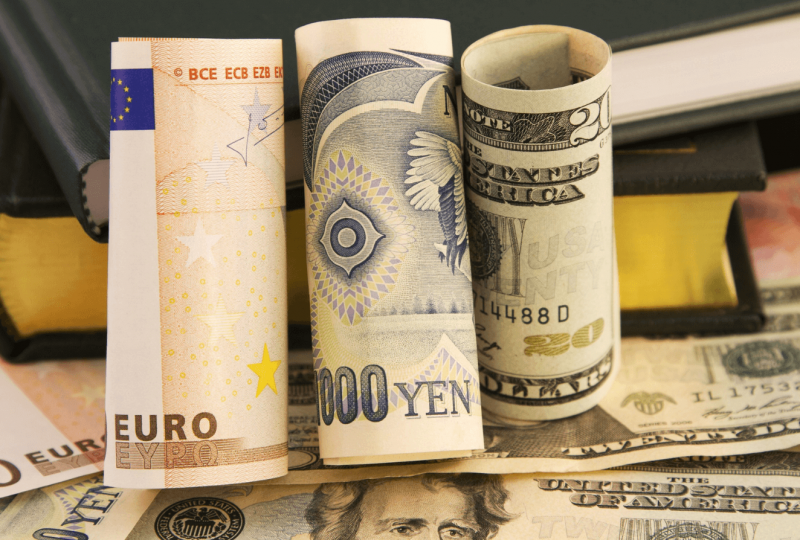Dollar Falls While Yen and Swiss Franc Gain In Post-Omicron Gyrations
Dec 1, 2021

On Wednesday morning, the dollar sank versus the yen and the Swiss franc, despite riskier British and Australian currencies rising from day-ago lows.
The fluctuations highlighted the tenuous nature of the earlier-in-the-day tranquillity that appeared to settle over the foreign currency markets.
Traders are assessing the impact of the newly found Omicron coronavirus strain on Federal Reserve Chairman Jerome Powell's Tuesday statement of plans to boost interest rates more aggressively in the United States.
At 10:07 a.m. ET (1507 GMT), the dollar index, which measures the greenback's value against a basket of foreign currencies, was down 0.3 percent on the day to 95.682, down 0.1 percent versus the yen and 0.3 percent against the Swiss franc.
The pound, which is widely seen as a risky investment, was slightly higher at $1.3344, up about 0.4 percent. Concerns over the efficiency of inoculation against the Omicron strain brought the pound to its lowest level in nearly a year on Tuesday.
"We've been hearing a lot of conflicting information about the new version, and Powell's comments have thrown the markets for a loop," said Marc Chandler, chief market analyst at Bannockburn Global Forex.
"There is still some apprehension," Chandler continued.
On Tuesday, Powell warned that the danger of inflation has grown and that the central bank's bond-buying program may be expanded at its future meeting.
The dollar remained mostly unchanged following Wednesday's ADP data on private payrolls in the United States. It added 534,000 jobs last month, slightly more than the 525,000 economists polled by Reuters expected.
"It bodes well for another robust employment report" on Friday when the US government releases more detailed payroll data. "The next big event will be Friday's US jobs report."
This year, the dollar has climbed by 6%. November was the month's best performance since June.
The euro was trading at $1.1356 at 10:07 a.m. ET, up 0.2 percent on the day (1507 GMT).
On Monday, despite inconsistent virus and interest rate indicators, euro-dollar volatility gauges reached their highest levels of the year. In a client letter, ING strategists suggested that the Omicron variant might postpone the Fed's tightening cycle, benefitting the euro.
"Both subjects will receive numerous additional inputs over the next four weeks, and diminishing liquidity levels indicate tough conditions in the foreign currency markets," ING warned.
Prior to Omicron's launch, the fundamental driver of currency rates was forecasts of the various rates at which central banks would increase interest rates.
Australia's and New Zealand's currencies both gained, recovering from one-year lows. The Australian dollar gained 0.5% to $0.7168, while the New Zealand dollar gained 0.6% to $0.6866.
The Chinese yuan, which has been a pillar of stability in recent days, reached a six-month high of 6.3596 to the dollar on the back of stronger-than-expected November manufacturing data.
At 9:04 a.m. ET, Bitcoin was nearly 2% higher at $57,885. (1404 GMT).




